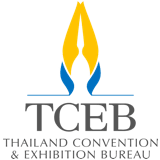
Why Thailand
Connecting Hub
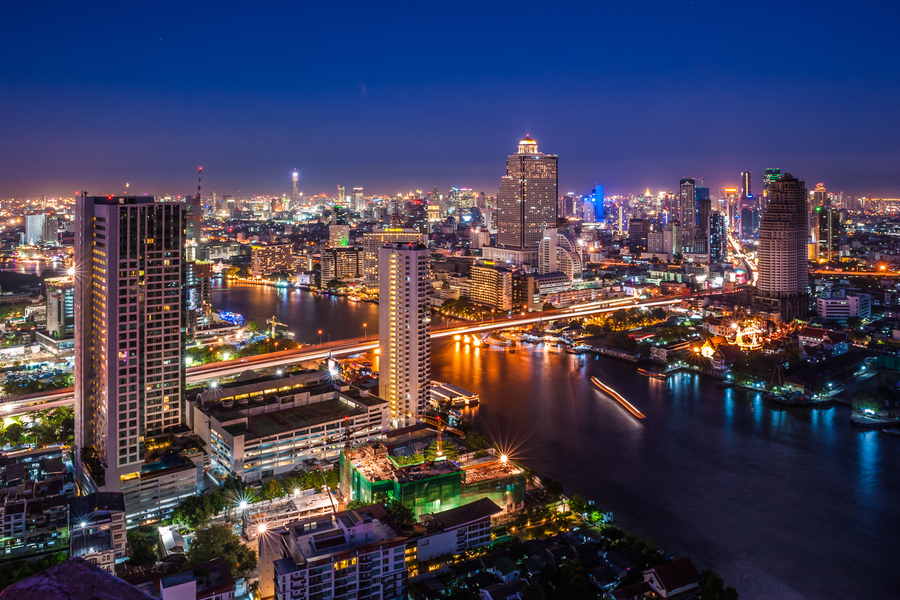
Thailand is the centre of Asia’s MICE business. With its strategic location in the heart of ASEAN, Thailand is a connecting point to the rest of Asia. The Thailand Convention and Exhibition Bureau (Public Organisation), or TCEB, has formulated a strategic plan for the development of the Thai MICE industry. TCEB’s plan includes co-operation with strategic partners in the ongoing development of the 10 key MICE cities across the country. Additionally as it has established regional conference and exhibition promotion offices in the country’s four regions that work with government agencies and the private sector to support MICE events and organisers across the country. TCEB is working proactively to continue to develop Thailand’s MICE industry and create sustainable models of prosperity to lay the foundations for Thailand to be the centre of Asia’s MICE business. TCEB continues its close work with provincial authorities and local associations, agencies, and entrepreneurs to build awareness and employment opportunities across the country, ready to unlock MICE opportunities with a formula based on the principles of “Revive, Support and Promote”. The aim is to push the Thai MICE industry to the forefront of the Asian MICE landscape and seek out every opportunity to help revitalise all aspects of the nation’s economy.
Thailand is a key link between countries in Asia, with economic ties spanning the continent that include the transfer of goods, services, skilled labour, trade and investment. Thailand is the continent’s gateway between ASEAN and the rest of Asia. It is also an important production and export base for many of the world’s major industries, including the automobile and automobile component industries, computers and IT industries.
- Exports
According to the Ministry of Commerce, Thailand’s exports in June 2025 totalled USD 28.65 billion (THB 938.53 billion), marking twelve consecutive months of growth at 15.5%. Excluding oil, gold, and military goods, exports rose by 15.6%, supported by the US delaying new tariffs, prompting American importers to expedite Thai shipments. Growth was also driven by electronics, digital industries, and Thai agricultural products, particularly fresh and frozen fruits, cassava, palm oil, sugar, processed chicken, and pet food. First-half 2025 exports reached USD 166.85 billion, up 15% year-on-year, exceeding expectations. Imports grew 13.1% to USD 27.59 billion, resulting in a trade surplus of USD 1.06 billion. Looking ahead, export prospects hinge on negotiations between Thailand and the US ahead of new reciprocal tariffs from 1 August 2025. Thailand’s revised proposals have been well received, and favourable tariff rates are expected to help maintain regional competitiveness.
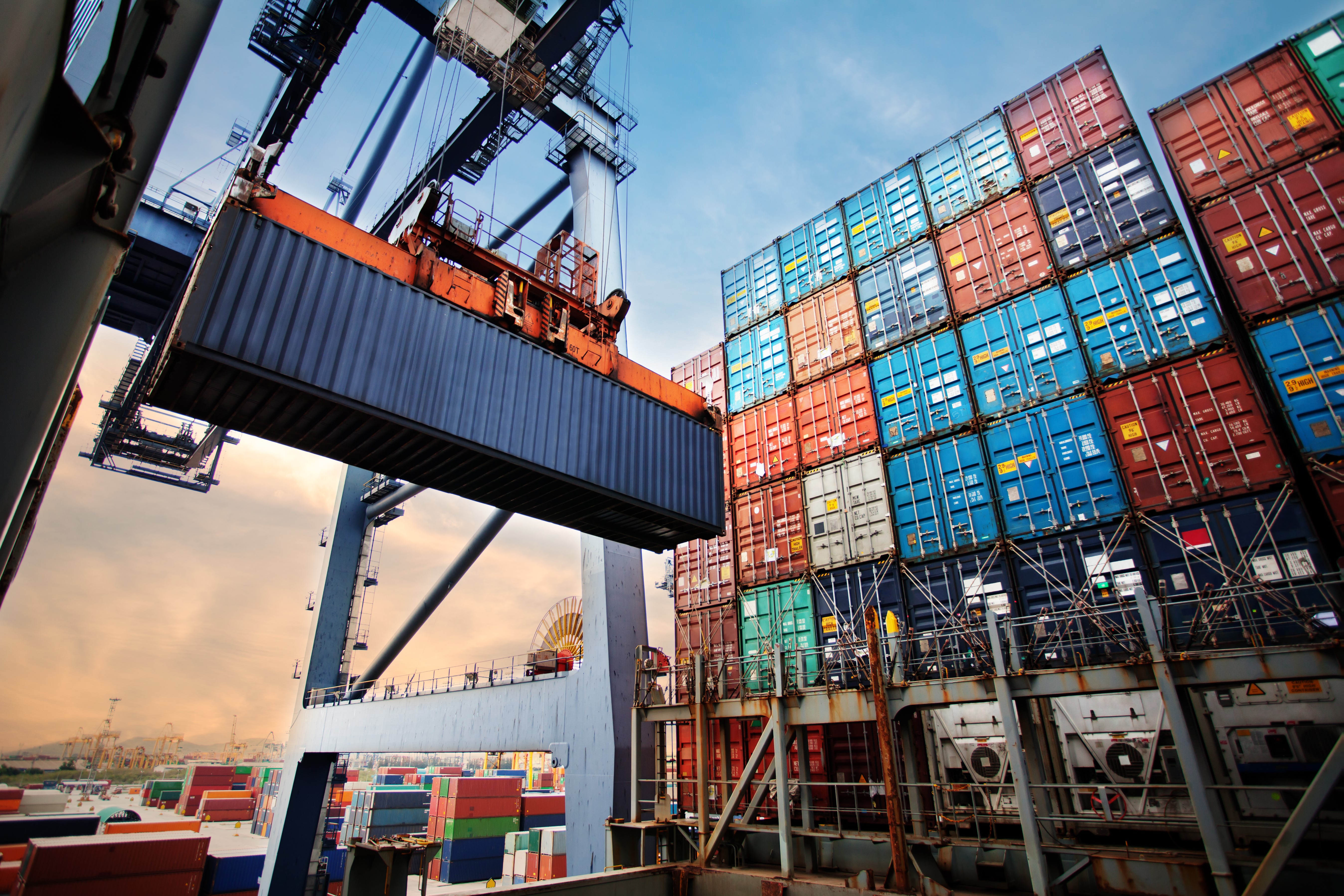
- Domestic Investment
The Board of Investment (BOI) reports that in the first half of 2025 (January–June), 1,880 investment promotion applications were submitted (up 38% year-on-year), with total investment value at THB 1.06 trillion (up 138%). The largest sectors by value were digital (THB 522.58 billion from 89 projects), electronics/electrical (THB 125.79 billion from 268 projects), automotive and parts (THB 45.20 billion from 172 projects), renewable energy (THB 42.24 billion from 191 projects), and agri-food processing (THB 30.79 billion from 184 projects). Foreign Direct Investment (FDI) included 1,369 applications (up 59%) worth THB 737.57 billion (up 132%). Top FDI sources: Singapore (THB 246.98 billion), Hong Kong (THB 218.64 billion), China (THB 102.26 billion), UK (THB 93.73 billion), and Japan (THB 49.82 billion) – a clear vote of confidence in Thailand’s role as a leading regional investment hub.
- Laem Chabang Port Phase 3 Development, Chonburi
The Port Authority of Thailand reports steady progress on Phase 3 of Laem Chabang Port in Chonburi, a PPP investment of THB 114 billion. The project covers 3,246 rai, with seven container berths (minimum capacity 7 million TEU/year) and one car berth (1 million cars/year). Government investment is 47% (approx. THB 50 billion), private sector (GPC) 53% (approx. THB 60 billion). Sea construction is 62.89% complete, with the F1 berth scheduled for handover by late November 2025. On completion, total port capacity will rise from 11 million to 13 million TEU/year, and ultimately to 18 million, positioning Laem Chabang as the region’s primary seaport, with strong links to CLMV countries and southern China.
2. Easy Access
- Airports
Thailand is accelerating the upgrade of its six major airports to establish the nation as the region’s aviation hub. Suvarnabhumi Airport is expanding its east terminal (to complete by 2030), raising capacity from 65 to 80 million passengers annually, and undertaking southern terminal and fourth runway development. Don Mueang Airport’s third terminal will begin construction in 2026, opening in 2030, to support increased international arrivals. Chiang Mai Airport will complete upgrades by 2033 (20 million passengers/year), while Phuket will add new international terminal capacity by 2030 (18 million passengers/year). Mae Fah Luang–Chiang Rai will double capacity from 3 to 6 million by 2033, and Hat Yai will be upgraded to accommodate projected passenger growth of over 130 million by FY2026.
- Motorway No. 81
The Department of Highways has completed Motorway No. 81 (Bang Yai–Kanchanaburi), a 96-km route costing THB 56.18 billion. Construction is 100% finished after nine years, and free weekend trial runs are underway at three of eight tollgates. The route will be fully open, 24/7, at all eight tollgates from October 2025, ahead of full toll collection in 2026 (maximum tolls: THB 150 for cars, THB 240 for 6-wheel, THB 350 for larger vehicles). The motorway cuts travel time from Bang Yai to Kanchanaburi to just one hour (down from 2–3 hours), vastly improving logistics and regional connectivity.
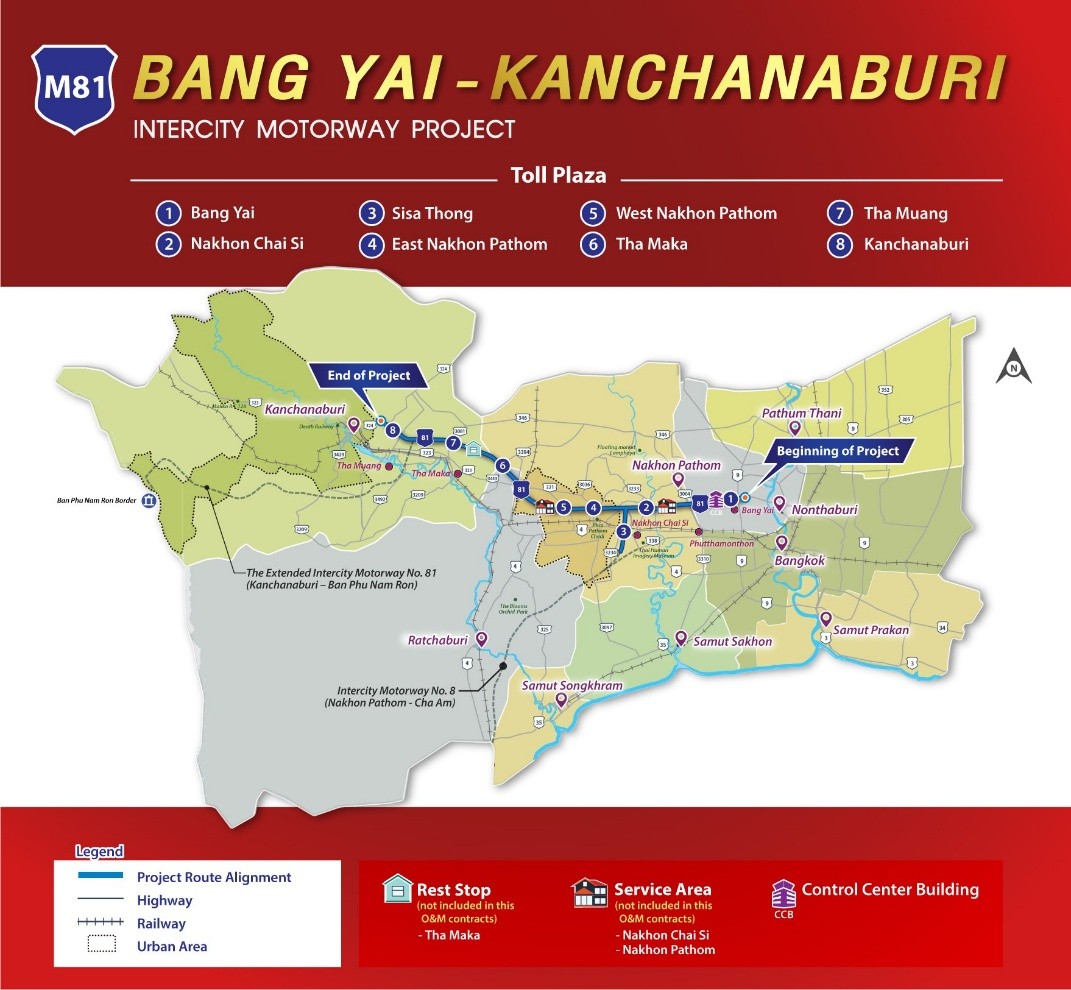
Credit: www.motorway-m81.com
3. New Development
- Transportation System Development
The Department of Rail Transport, with JICA (Japan International Cooperation Agency), has announced the M-MAP2 masterplan for Bangkok and Greater Bangkok’s mass rapid transit system. From 2025 to 2040, 19 new rail projects (over 245 km, total THB 580 billion) will be rolled out in three phases. Group A1 covers four urgent projects (THB 63.48 billion): Red Line extensions (Rangsit–Thammasat Rangsit Campus, Taling Chan–Salaya, Taling Chan–Siriraj) and the Brown Line (Khae Rai–Lam Sali). Tendering is set within months. Group A2 includes six projects to complete by 2029 (e.g. Silver Line Bang Na–Suvarnabhumi, Grey Line Watcharapol–Thonglor), while Group B covers nine more routes (132.35 km, THB 341.18 billion) to be evaluated by 2029. Once complete in 2040, daily ridership is expected to reach 3.4 million – double today’s average.
- Technology Development
The Ministry of Higher Education, Science, Research and Innovation has announced the success of “OpenThaiGPT R1”, a 32-billion-parameter Thai language AI model developed by AIEAT and iApp Technology. OpenThaiGPT R1 achieved a 71.58% average score on diverse tests – higher than DeepSeek R1 70b (63.31%), despite being half the size. Notably, it requires less than half the compute resources, reducing costs, and is available as open-source for educational and commercial use. The initiative strengthens Thailand’s AI ecosystem and reduces reliance on overseas technology.
- Human Resources Development
On 22 July 2025, TCEB organised the Certification Young Professional Qualification for New Graduation Program (CYP) at Avani Khon Kaen Hotel, equipping 59 MICE students from Northeast partner universities with leadership, emotional intelligence, and interpersonal skills. The workshop covered communication, leveraging diversity, and teamworking – preparing young professionals for a sustainable future in Thailand’s MICE industry.
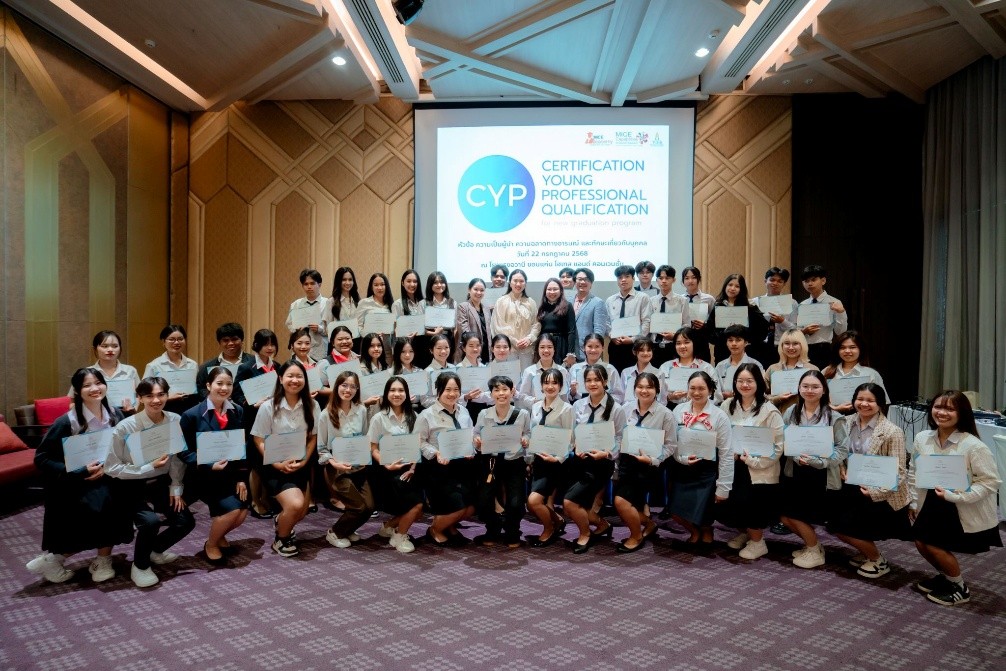
Credit: MICE in Thailand page
